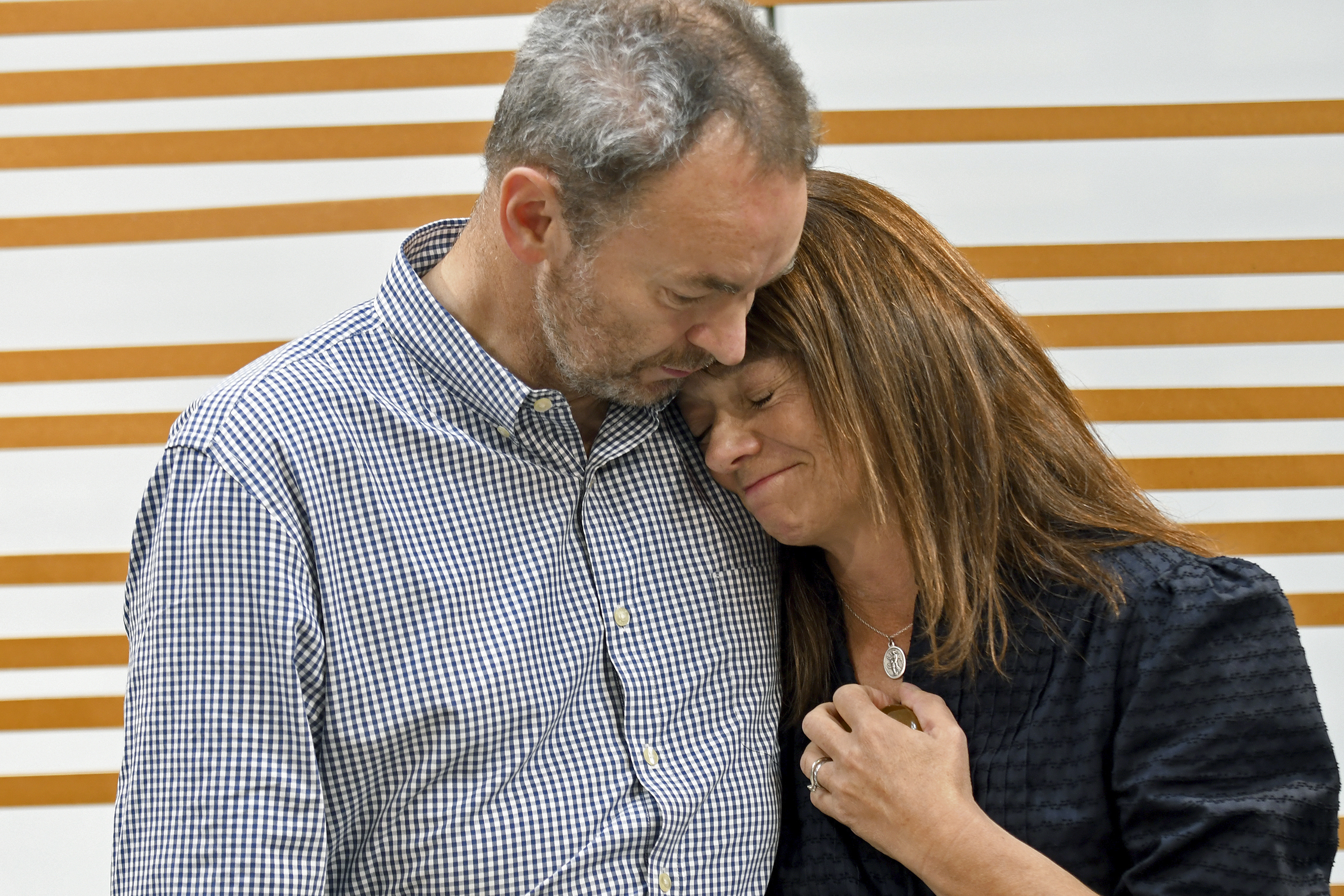You may have heard about Stumpy, the little cherry tree that could.
The tree is a social media sensation. A testament to the reality of climate change. A symbol of hope and perseverance in hard times, needed more than ever when he was first "discovered" in 2020.
But four years after his initial rise to fame, Stumpy's time with us is coming to an end.
Get DFW local news, weather forecasts and entertainment stories to your inbox. Sign up for NBC DFW newsletters.
The National Park Service announced Wednesday that 159 cherry trees on the Tidal Basin and West Potomac Park will be cut down later this year to make way for seawall repairs -- and Stumpy, in his floodwater-ridden home, must go.
Logic dictates that Stumpy's death is necessary. The $113 million, multi-year repair of the seawall is a critical investment, the NPS says. The seawall, which was first constructed in the 1800s, has sunk more than five feet over the years. The waters have also risen, and that means the Tidal Basin floods twice a day, every day, and has for years.
It's why Stumpy is, well, stumpy.
U.S. & World
"Too much water on a tree's roots can be just as damaging as too little," NPS spokesman Mike Litterst told us in an email last spring. "Excess soil moisture can reduce oxygen in the soil, damage fine root hairs, and render the root system unable to absorb water."
Without fixing the seawall, the floods will continue. Other trees would be constantly overwatered. Many of the cherry trees would eventually die outright. Replacing those trees would be impossible. Peak bloom would not look the same.
Logic dictates that to save future trees, and nearby American monuments, and possibly pedestrians in the area who would otherwise be walking in slippery, flooded, unsafe conditions, the seawall must be rehabilitated. And for the seawall to be rehabilitated, the trees must go.
Go, the trees will. The NPS says that "site preparation" near the Tidal Basin will start in May 2024.
"Tree locations and topography were considered in the construction planning, and every effort was made to minimize the number of trees that must be removed," the NPS says. The decision was made carefully. It also impacts non-cherry trees, around 300 trees in total.
Stumpy was never going to make it forever. He's just a tree, and trees can be replanted. It all makes logical sense.
Emotion, on the other hand, may tell a different story. What is there to say when a symbol of hope and perseverance has to be chopped down?
It helps, a bit, to know that Stumpy is clearing the way for his descendants. Though he and 158 other cherry trees will be removed from the Tidal Basin and West Potomac Park, their spots will become a home for 274 new, replacement cherry trees. Including the non-cherry trees, 455 new trees will fill the same area.
Most of the trees removed from the area will be turned into mulch to protect the roots of the replacements. Clippings will be taken from Stumpy, and will be used to create genetic offspring. The offspring will, one day, be planted in the same area, and live where Stumpy lived, News4's Megan McGrath reports.
Those cherry trees will have a more secure future, thanks to the rehabilitated seawalls the NPS is working on. Stumpy's slow-moving sacrifice to the floods was a warning, and the NPS heeded that warning. Stumpy paved the way.
And he's not gone yet. Visitors to this year's cherry blossom festivities won't be affected by the rehabilitation project, the NPS says, assuring the public that "the trail around the Tidal Basin will remain open through the duration of the work, although temporary pedestrian detours will be constructed in some areas."
In other words, we can all still enjoy Stumpy while he's still here, and pay our respects this peak bloom.
It doesn't make Stumpy's impending demise any less sad. But, as Shel Silverstein, master poet of sad tree stories, put it: "There are no happy endings. Endings are the saddest part. So just give me a happy middle, and a very happy start."



